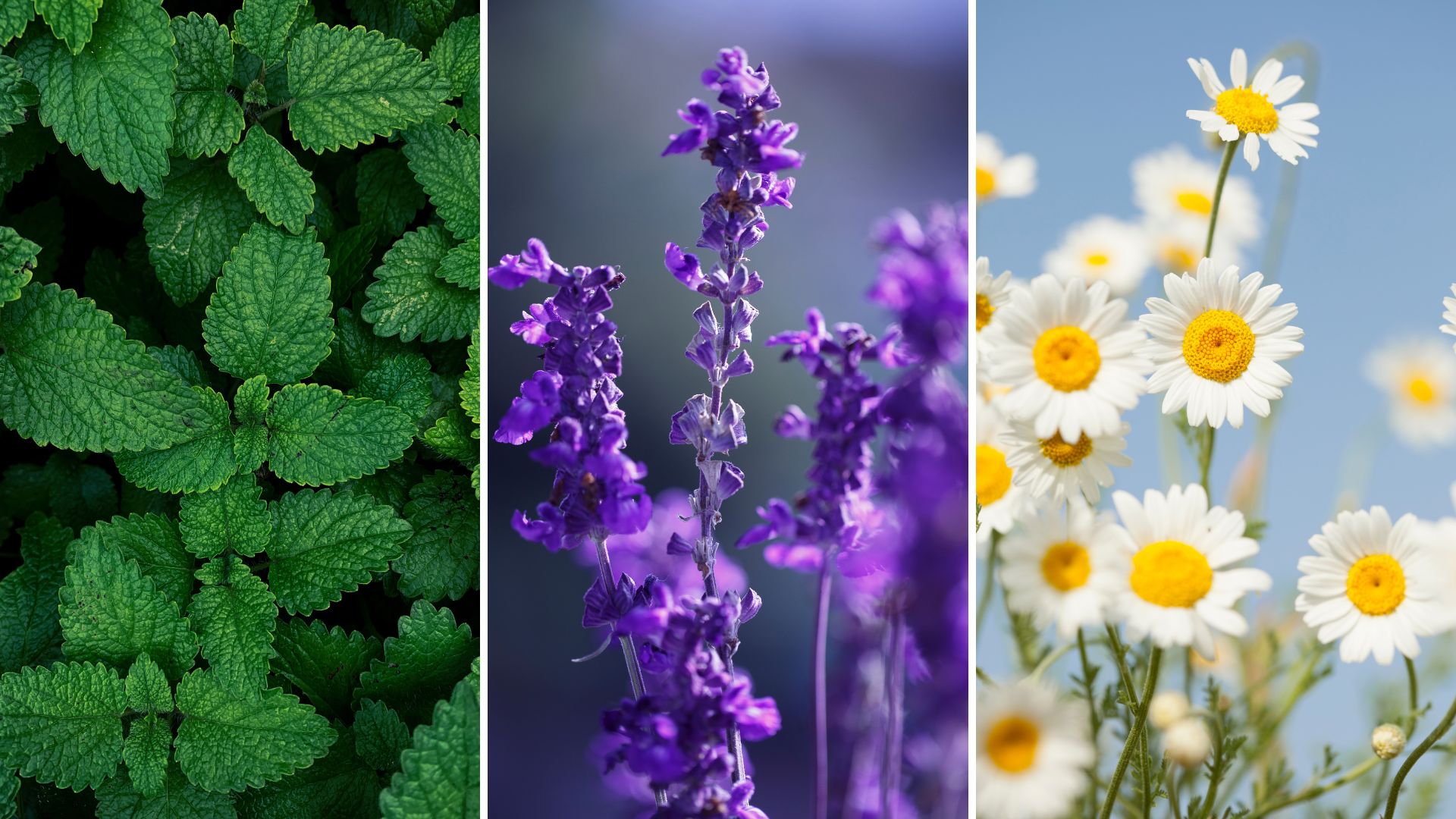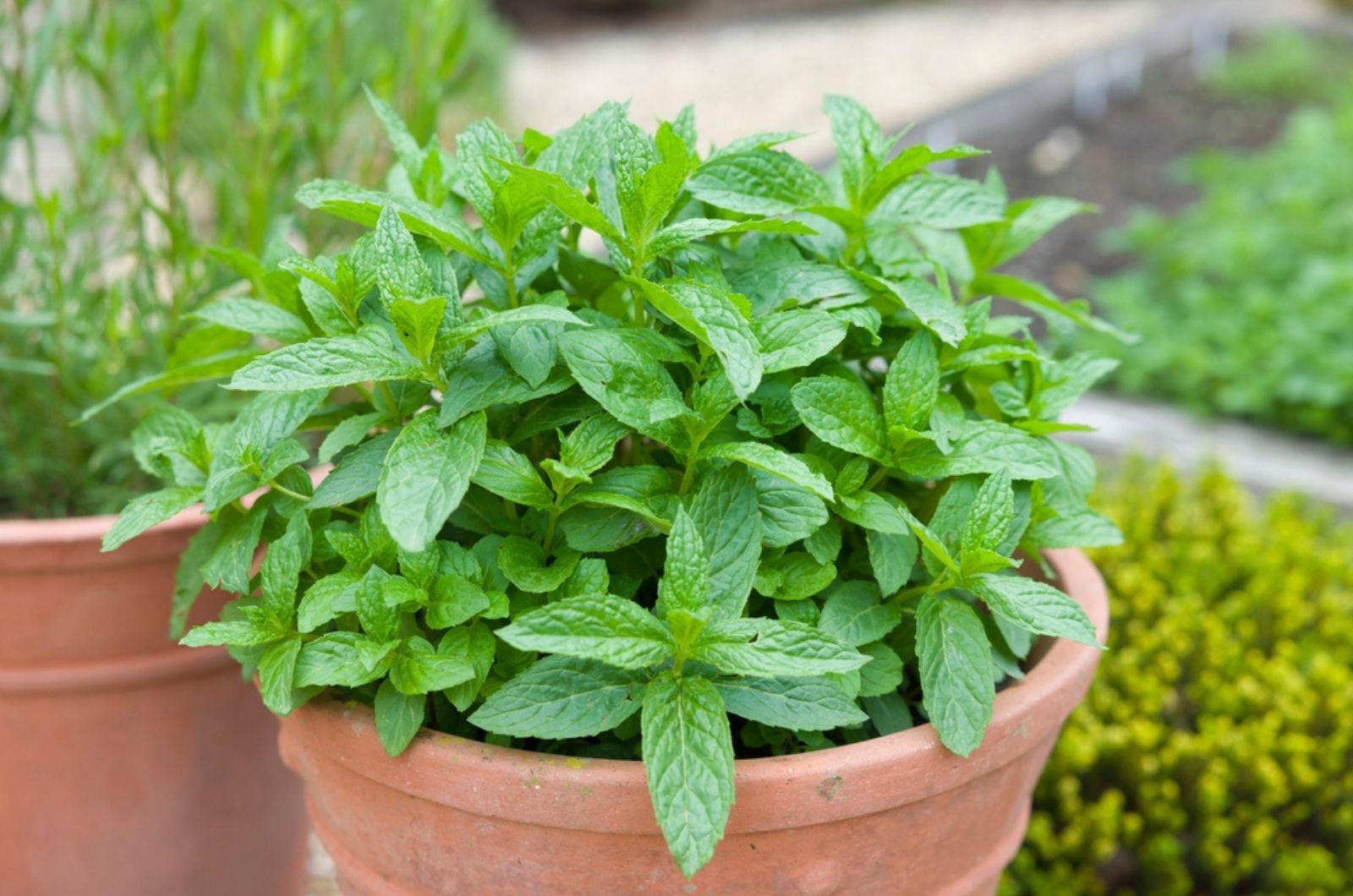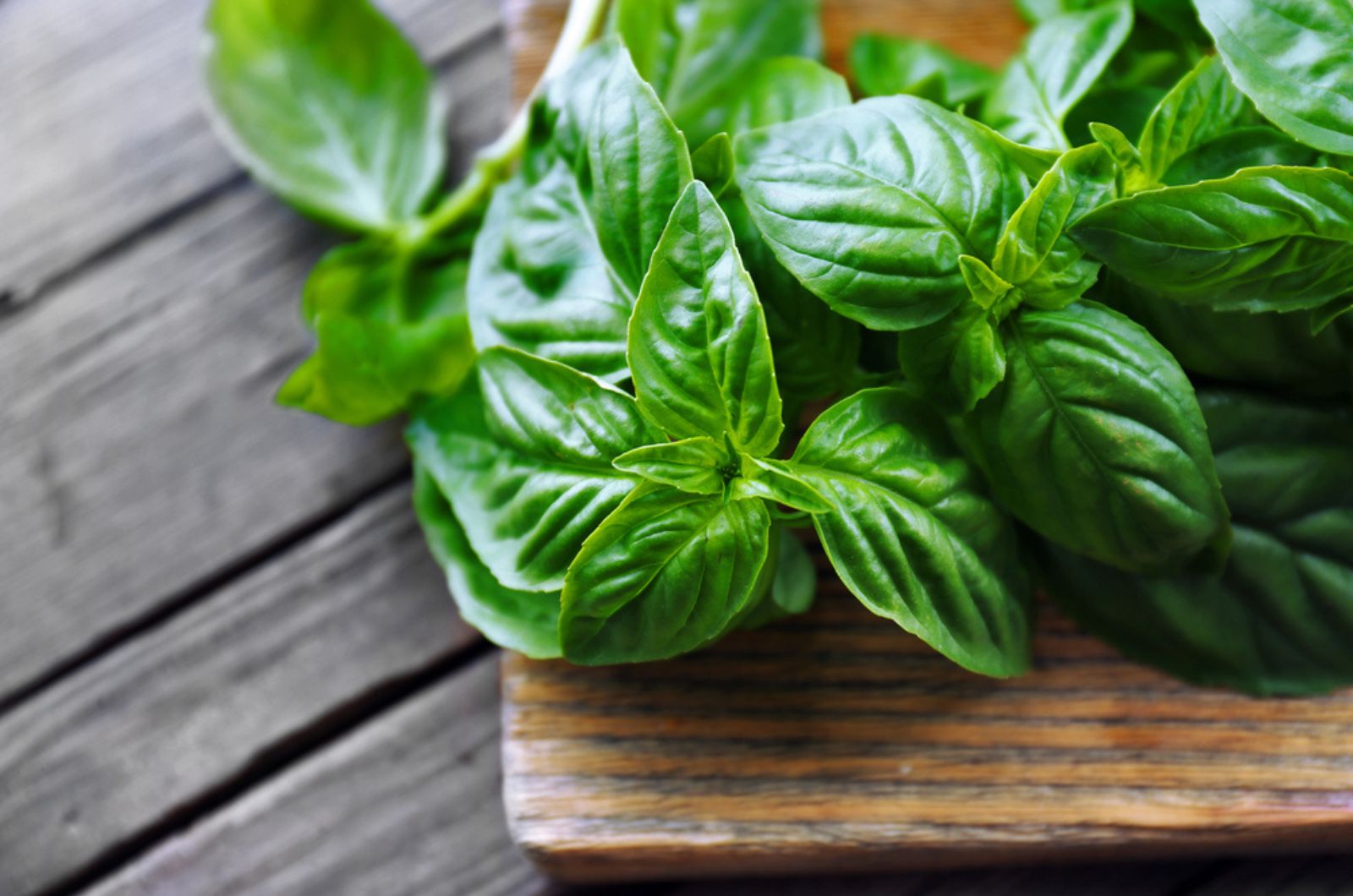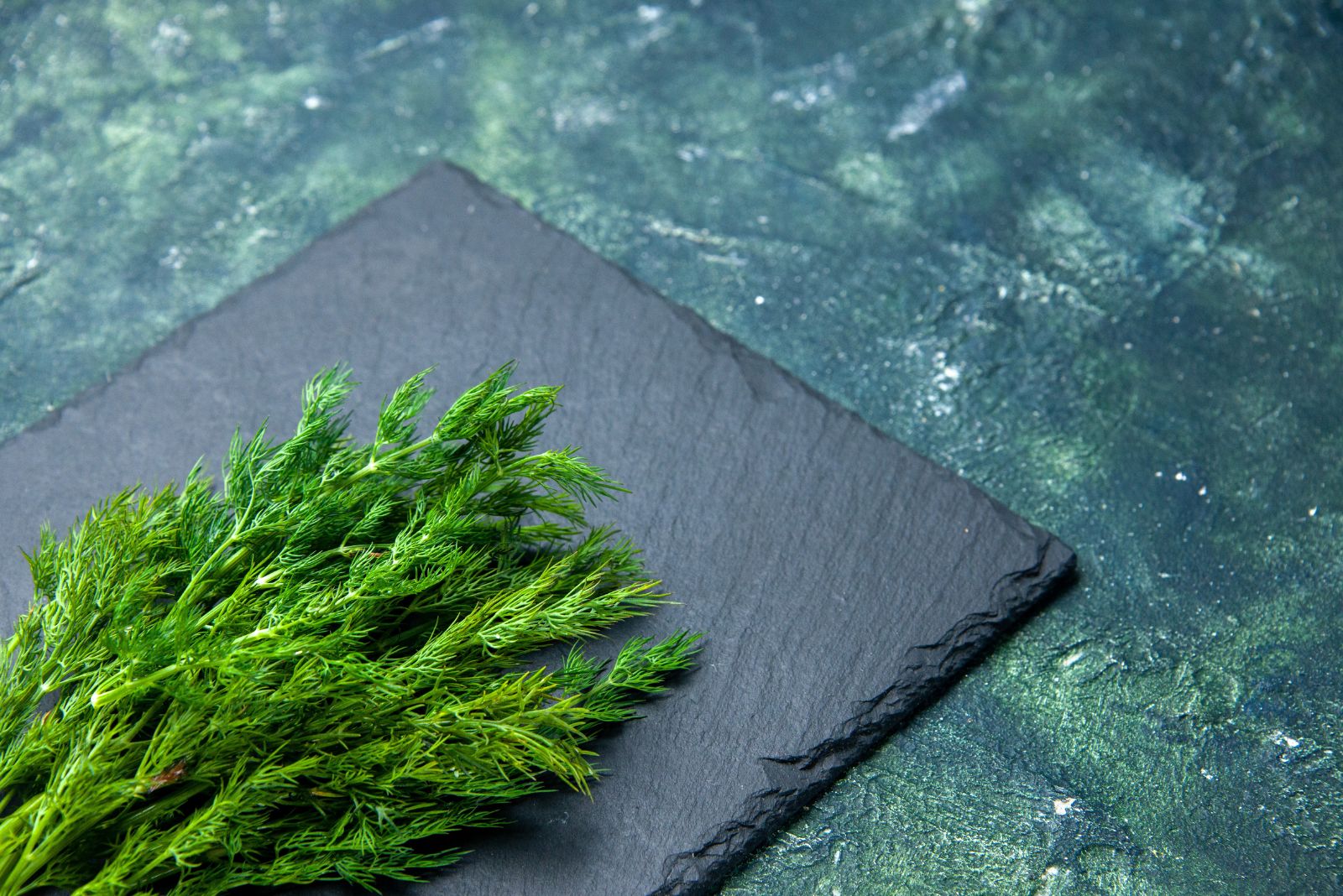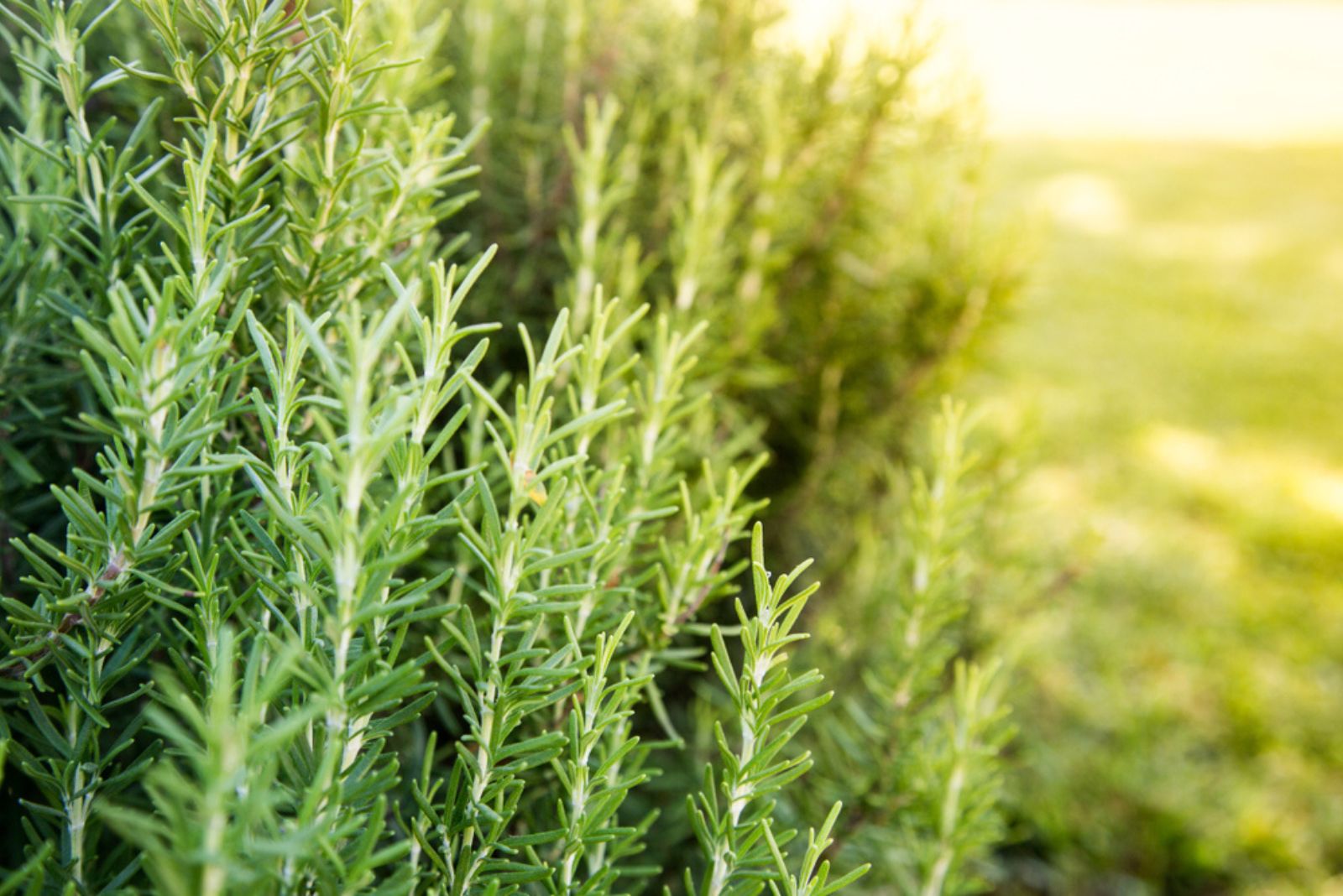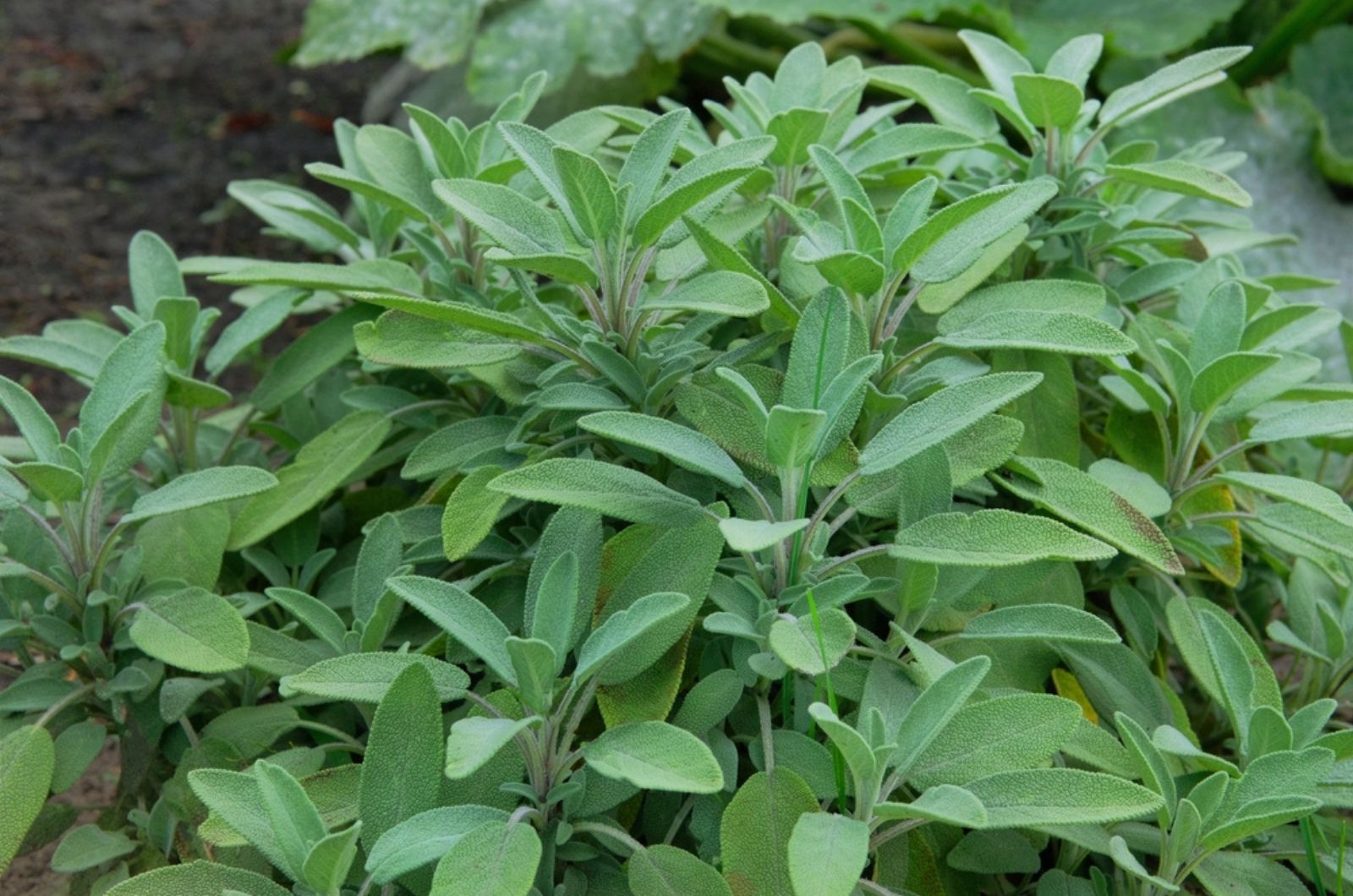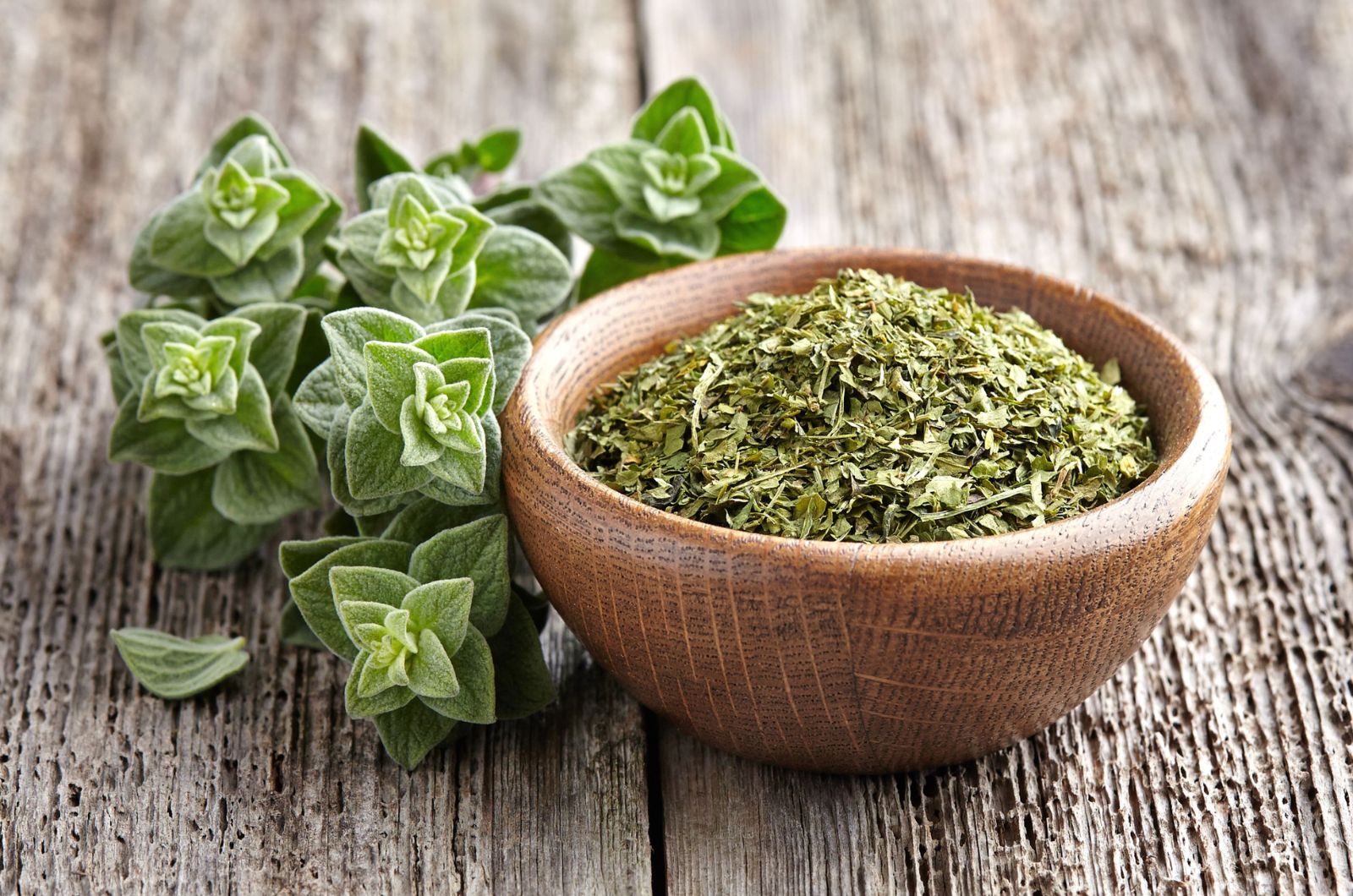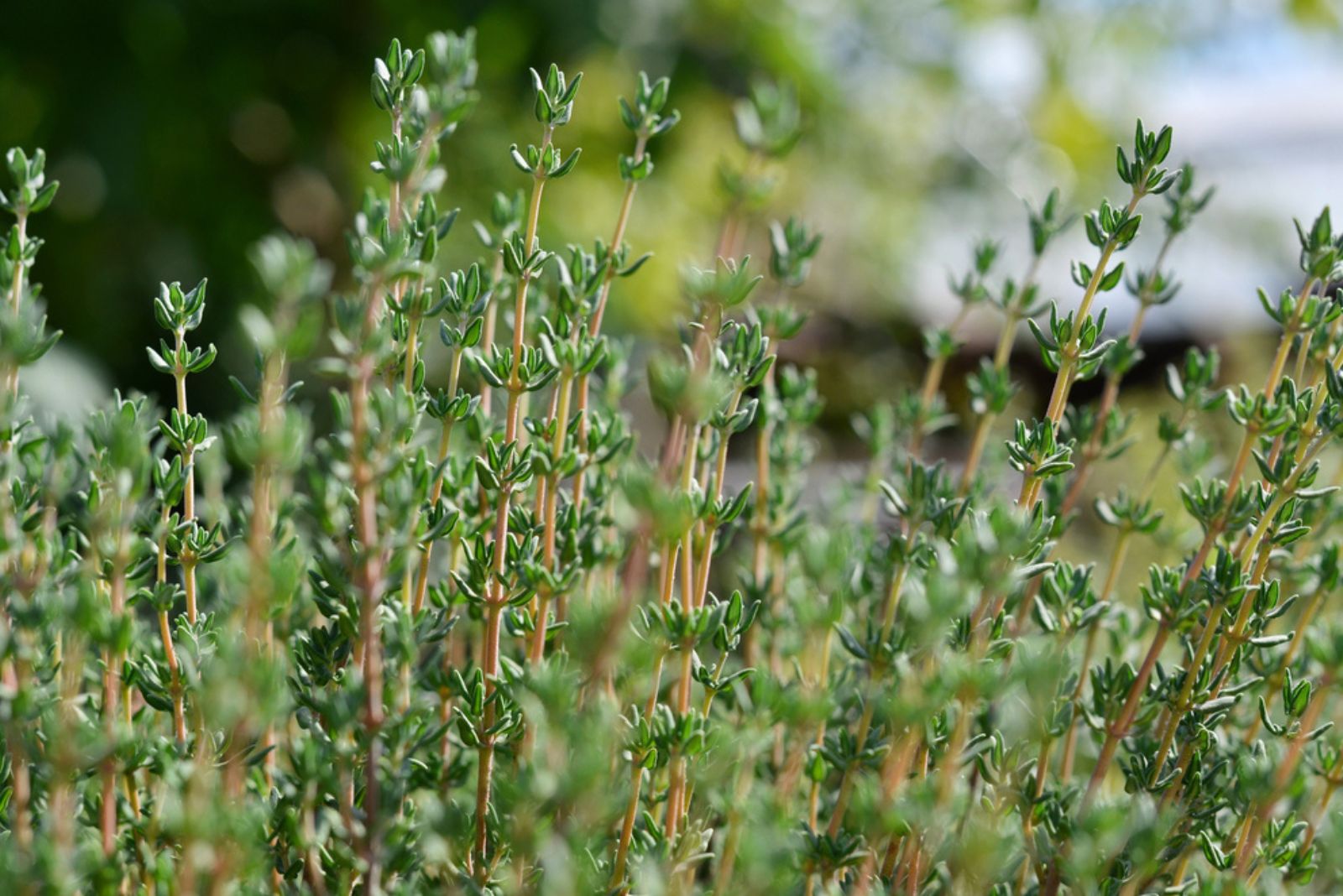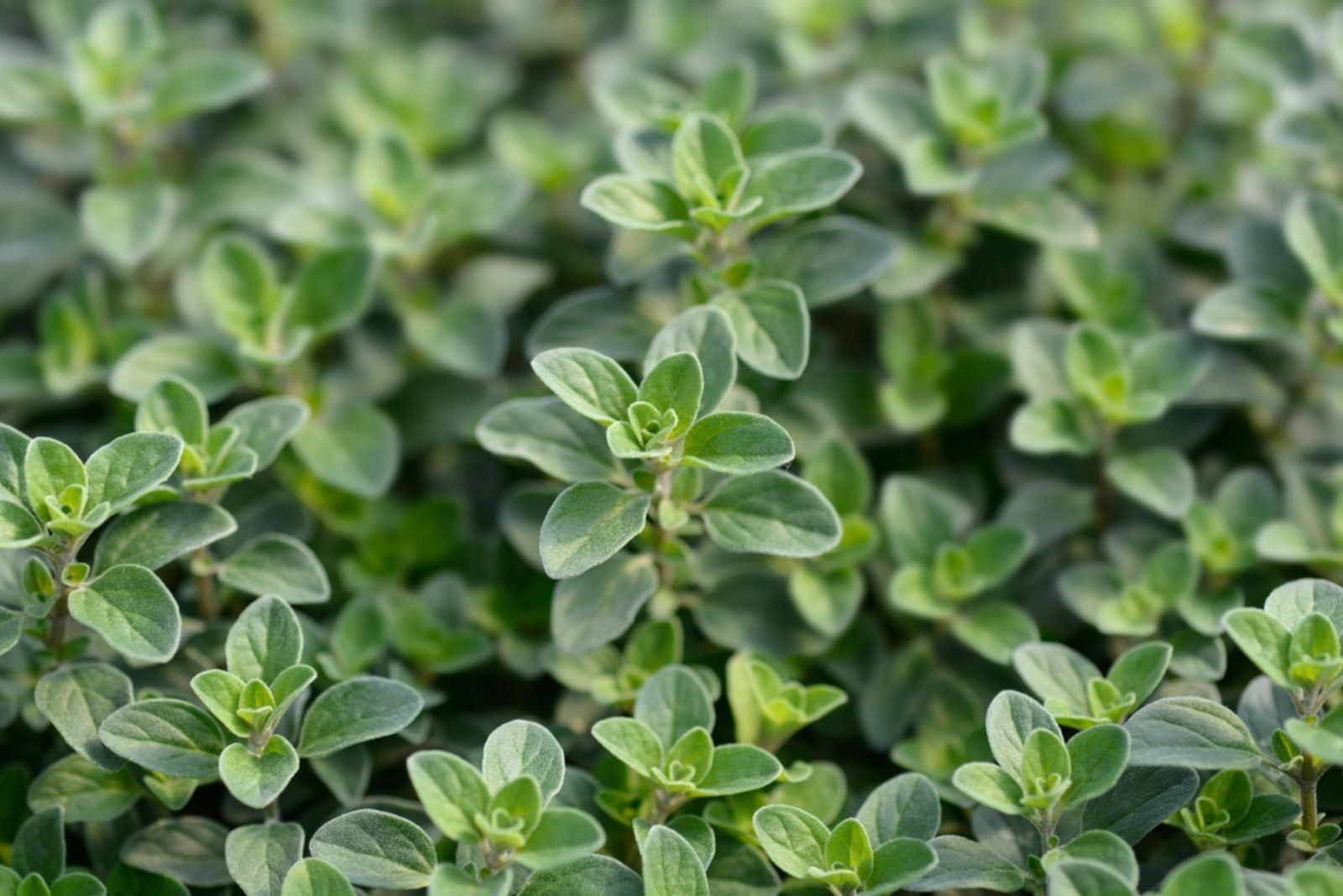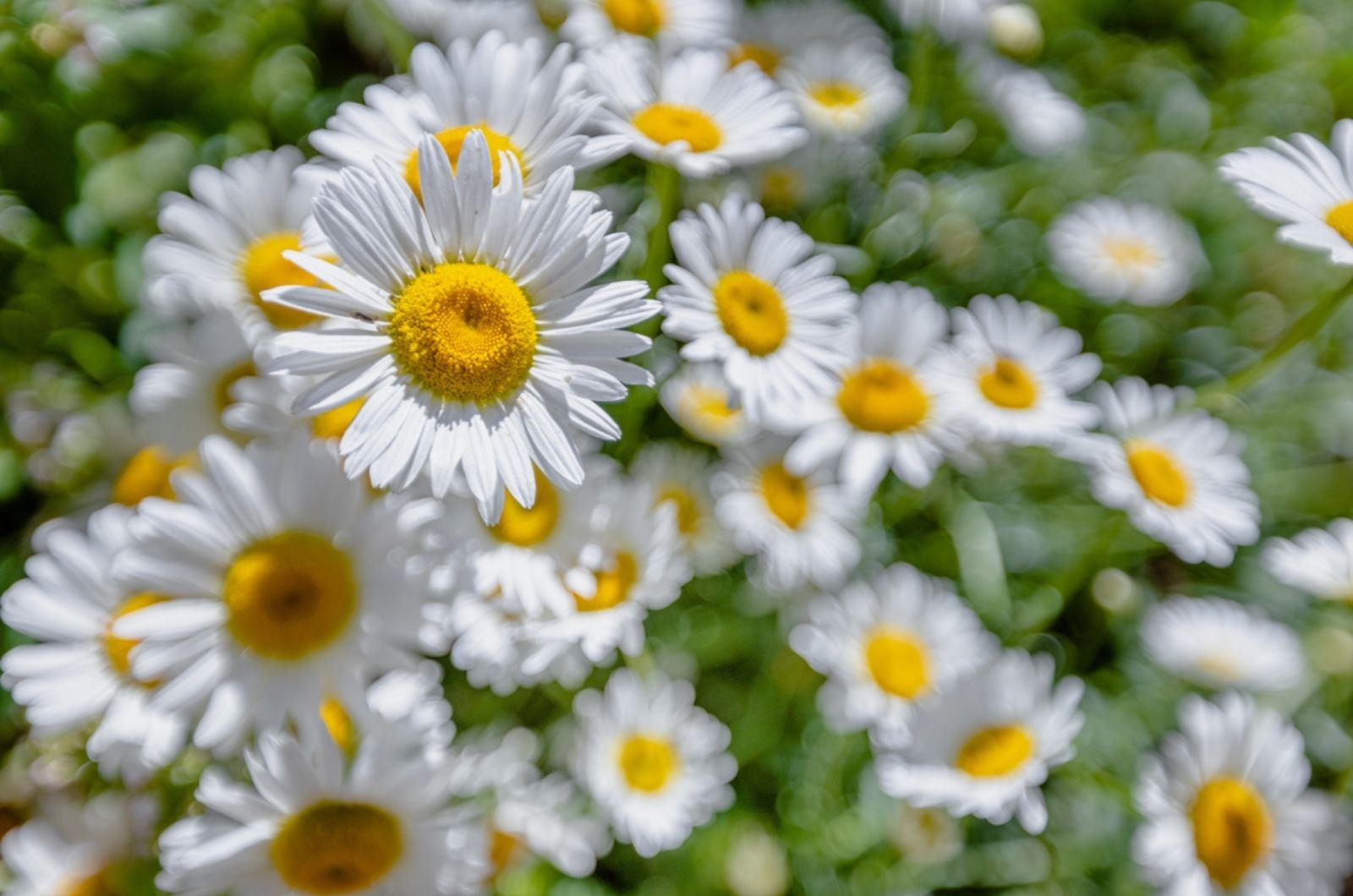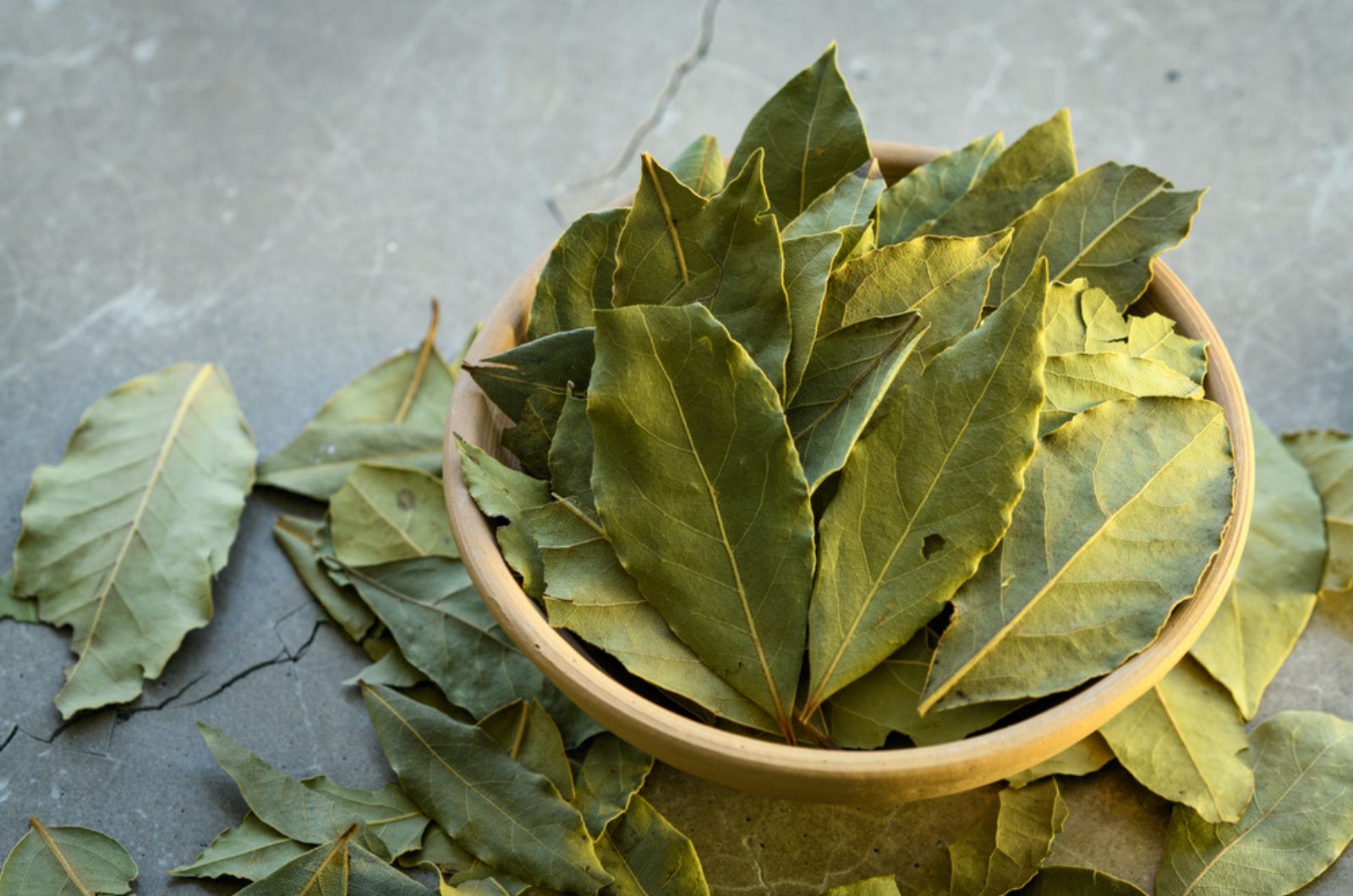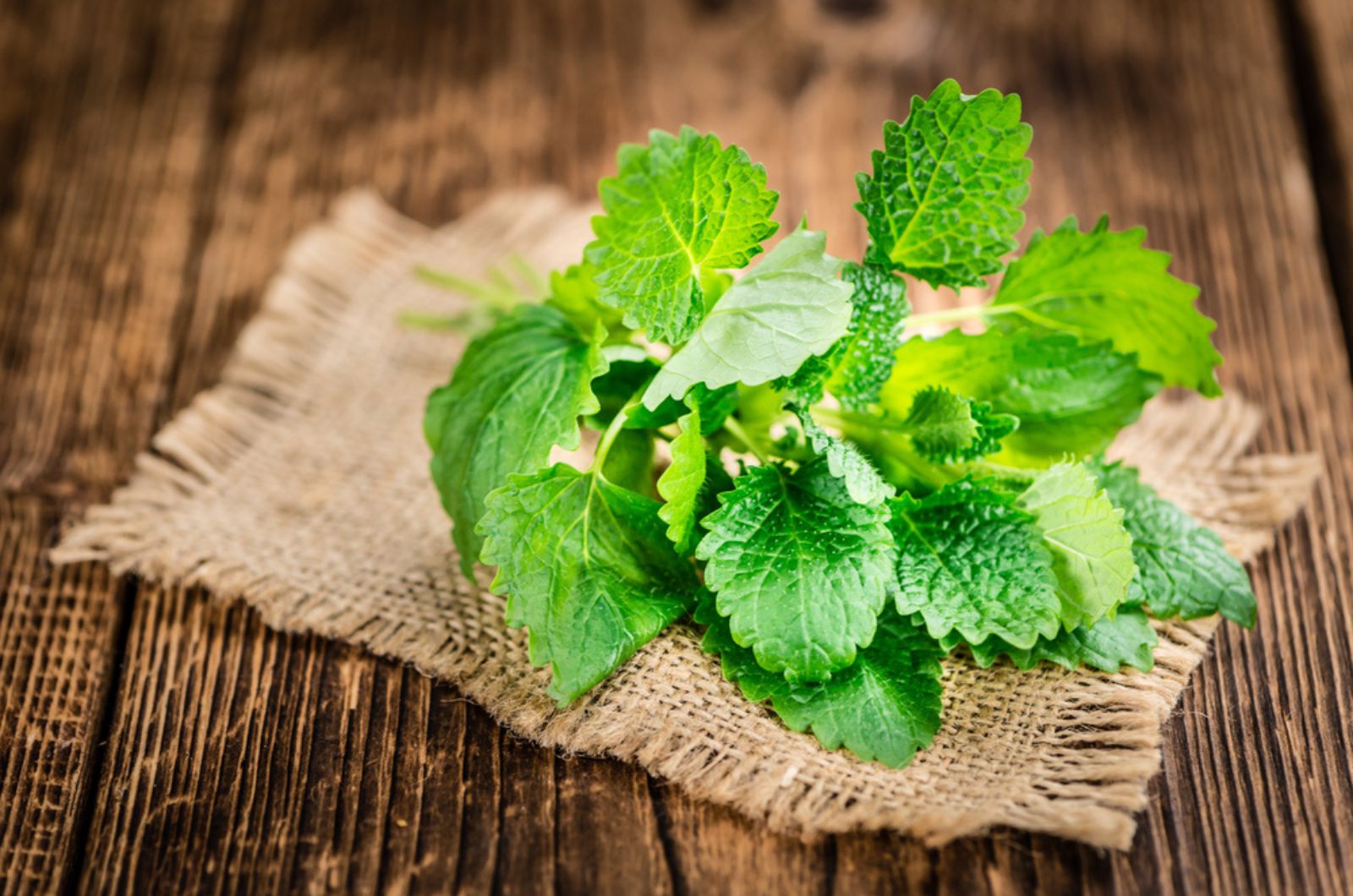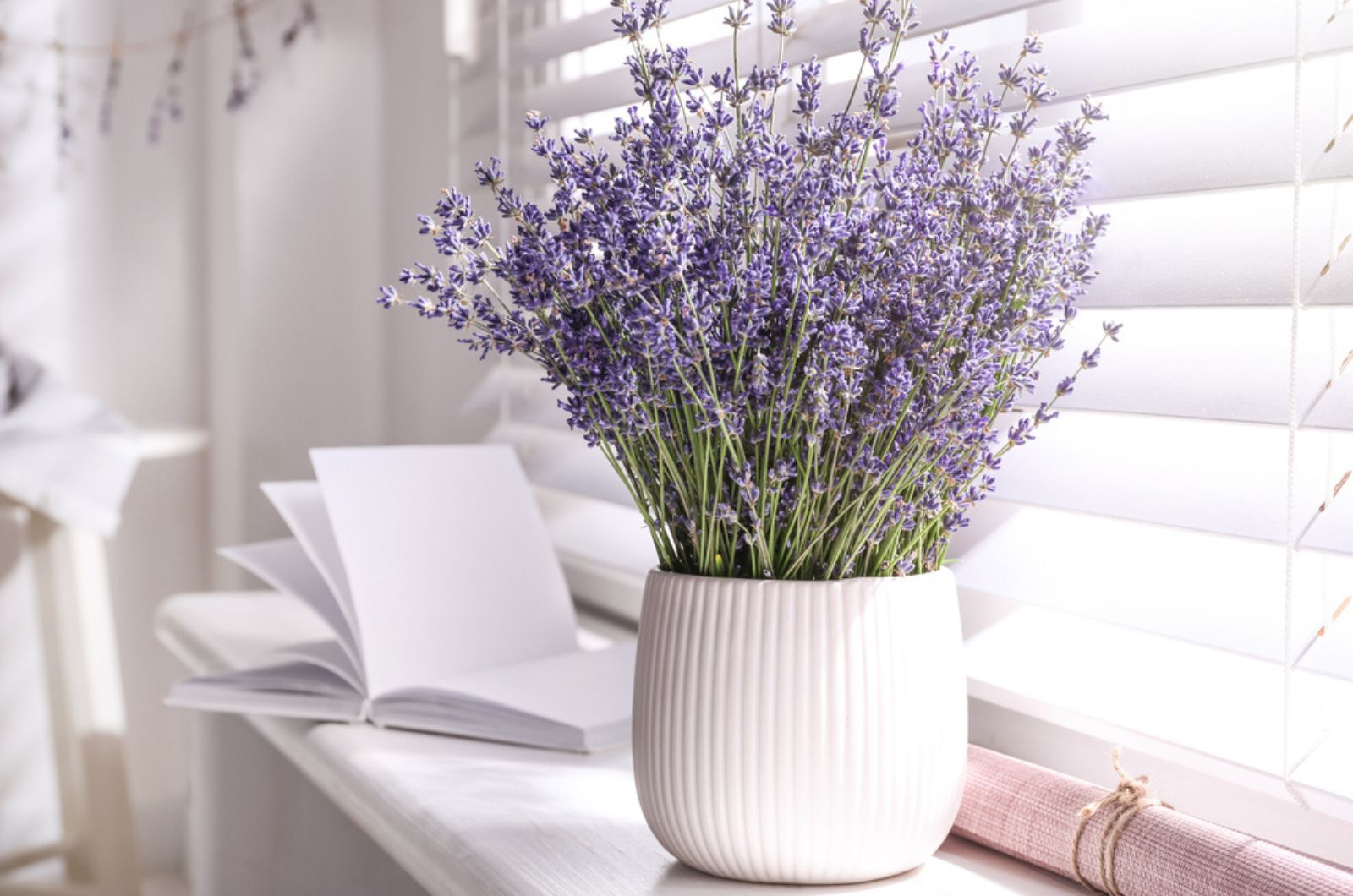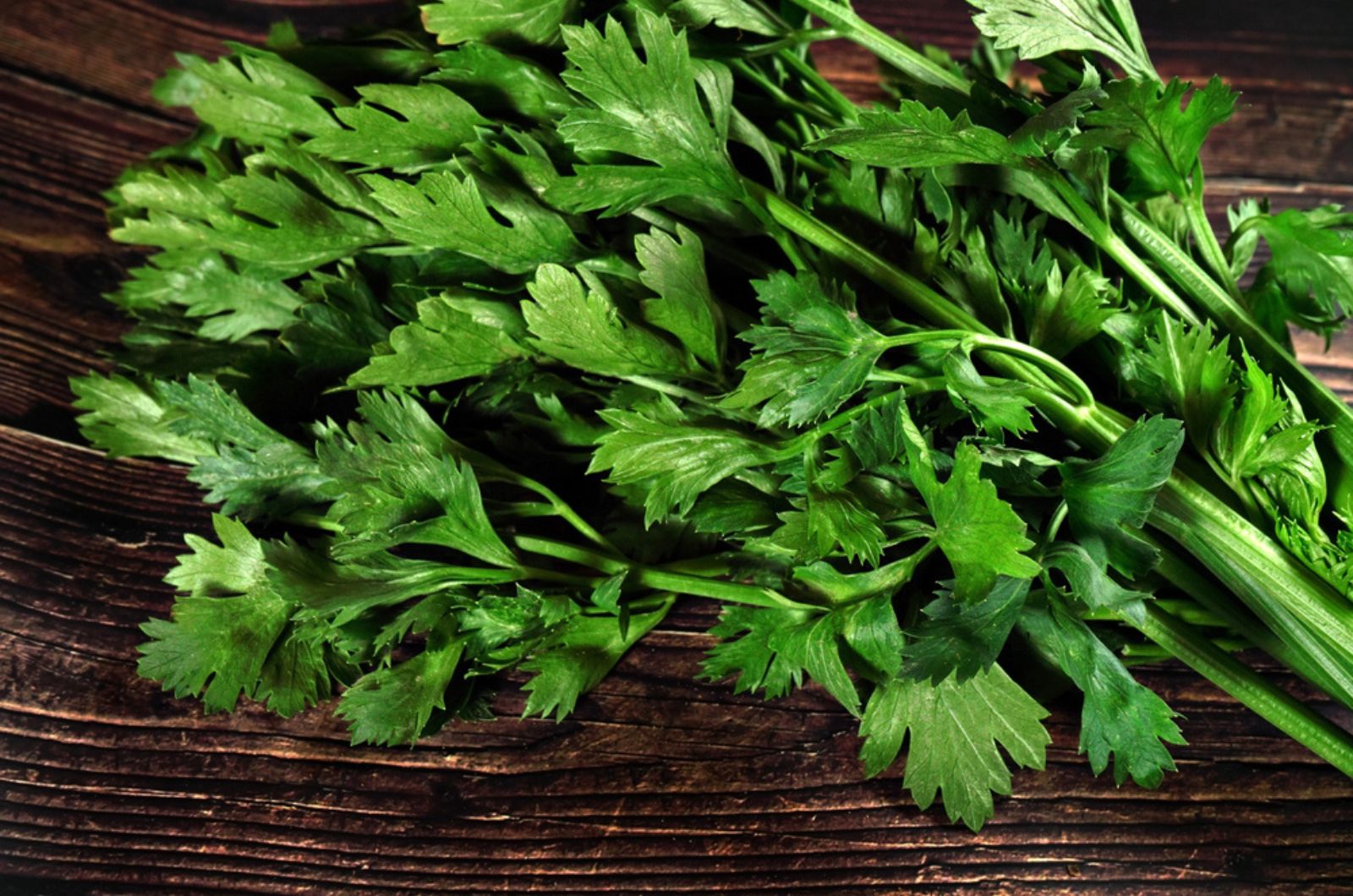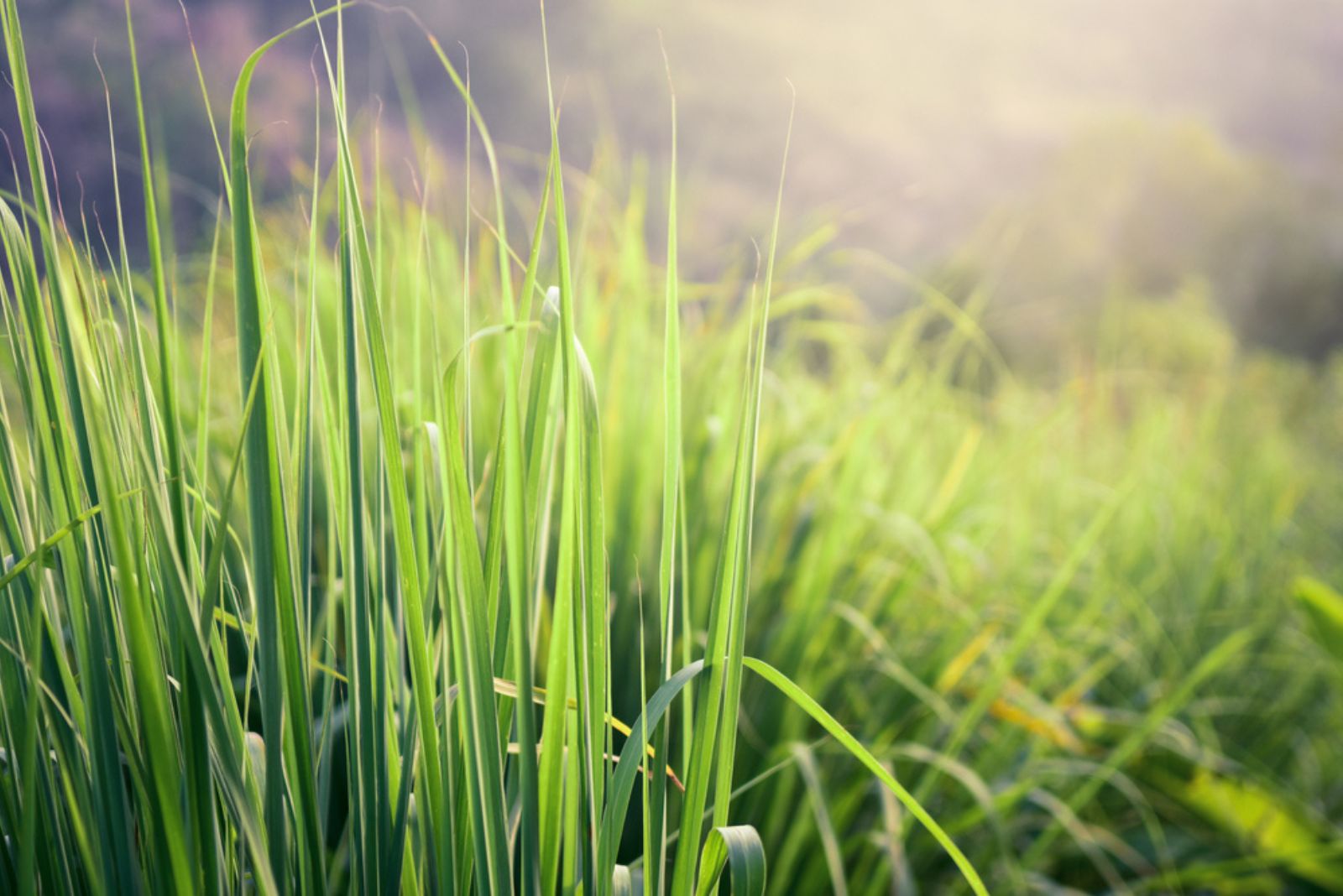Herbs have many uses in both your kitchen and your garden. They elevate your design, make any meal more delicious, and can be used for medicinal or spiritual purposes.
These plant species have been treasured from ancient times and I’m sure their popularity won’t decrease any time soon.
In this article, I’ll show you some of the best herbs to have in your kitchen, their main features, and what makes them so special.
Let’s get started!
1. Mint
• Zone 3-8
• Full sun to partial shade
• Up to 18 in. tall, 24 in. wide
We’ll start the list with the most versatile herb out there, lovely mint! This plant species is renowned for its amazing scent and distinct flavor.
You can use it for various purposes, such as for cleaning or as a pest deterrent. It tastes incredible in both savory and sweet dishes; you can even add it to cocktails or use it for garnish.
Spearmint and peppermint are the two most commonly used varieties of mint and what makes them different is the flavor.
All varieties are relatively easy to cultivate, just make sure to harvest and store your mint properly to enjoy it after the growing season.
2. Parsley
• Zone 4-9
• Full to part sun
• Up to 30 in. tall and wide
Garnishing was the most common use of parsley in the past. Luckily, things have changed and now we enjoy its distinct taste in numerous dishes.
Flat-leaf, curly-leaf, Japanese, and parsley root are the four main types of parsley and they all can be used in cooking.
Additionally, parsley makes an excellent companion plant because of its ability to repel common garden pests.
This may not be the easiest herb to cultivate but it will reward you if you meet all its requirements.
3. Basil
• Zone 10-11
• Full sun
• Up to 24 in. tall and wide
Basil is one of every gardeners’ favorite herbs. It can deter ants and cabbage worms, which is super beneficial for those who grow tomatoes and similar veggies that can be affected by these critters.
You can choose from a wide range of basil varieties, depending on which meals you want to add them to. Sweet basil is the most common but you can spice things up with Thai or cinnamon basil.
Making a basil cleaning spray is another way to use this wonderful herb.
You can freeze this herb whole or chopped, or dry the leaves for longer storage.
4. Dill
• Zone 9-11
• Full sun
• Up to 5 ft. tall, 3 ft. wide
Dill was considered a lucky plant in ancient Rome and it was frequently used as a natural dye and even a breath freshener.
It makes an excellent garnish and you can use it in numerous ways when cooking. Salads, meat, and pickled foods taste way better if you enrich them with highly fragrant dill.
You can plant your dill directly in the ground but it performs well if added to a container garden.
5. Rosemary
• Zone 8-9
• Full sun
• Up to 6 ft. tall, 4 ft. wide
Some herbs people love or hate and there’s nothing in between. The best example is rosemary and if you don’t like it much, you may want to rethink!
The many ways to use rosemary make this herb one of the best. It’s easy to grow, makes the garden prettier, and can repel various pest species. Additionally, its flavor complements meat dishes or bread perfectly.
6. Sage
• Zone 4-10
• Full sun
• Up to 2.5 ft. tall, 3 ft. wide
The strong fragrance and incredible appearance of sage make it perfect for both garden and kitchen.
You can add it to various dishes, brew it into tea, or explore its medicinal purposes.
Scented sage can deter some pests from your garden and is extremely effective against mosquitoes.
7. Oregano
• Zone 4-10
• Full sun
• Up to 2 ft. tall, 18 in. wide
You’ll frequently find oregano in Greek, Italian, and Mexican cuisine, and it’s renowned for its peppery tones.
It may not be as versatile as some other herbs on this list because the harvested leaves of oregano should be dried after usage. Raw leaves can be too much for any dish and it can overtake the flavor entirely.
This herb is super easy to cultivate, has a compact growth habit, and shows tolerance to drought, making it a perfect choice for your indoor or outdoor herb garden.
8. Thyme
• Zone 2-10
• Full sun
• Up to 12 in. tall and wide
I enjoy Thanksgiving dishes because of thyme and the woodsy undertones it adds. It may not be as popular as basil or rosemary, but it can definitely replace them in various dishes.
There are many types of thyme, so you can choose according to your preferences. For instance, if you need a herb for some dessert, Lemon thyme is a perfect choice.
This herb has low care requirements and if you ensure a sunny spot and plant it in quick-draining soil, it will grow healthy and be happy all season long.
9. Marjoram
• Zone 9-10
• Full sun
• Up to 24 in. tall, 18 in. wide
Have you tried pork or poultry with marjoram? If so, I’m sure I don’t need to explain why this herb deserves a spot in your kitchen.
I often describe marjoram’s flavor as something between oregano and basil; it goes along well with peppery dishes but also can also add a touch of sweetness.
This is another drought-tolerant herb and it makes a great companion to many plants, such as sage, pumpkins, and basil.
10. Chamomile
• Zone 4-9
• Full sun
• Up to 24 in. tall, 12 in. wide
Whenever chamomile is mentioned, most people instantly think of tea. Well, chamomile tea is amazing and healthy but that’s not the only way to use this herb.
Its mild flavor combines perfectly with fruits and its appearance makes any flower arrangement prettier.
Old school farmers use this herb to prevent fungus growth on their other plant species.
Some of the best chamomile companions include cucumbers, brassicas, and mint.
11. Bay Leaves
• Zone 8-10
• Full to part sun
• Up to 60 ft. tall, 20 ft. wide
One of the herbs you definitely want to have in your kitchen is bay leaf. It has a strong flavor and will make an excellent addition to various dishes.
Some of the most common bay leaf uses in the kitchen are for making soups, stews, and sauces. Before serving and eating the dish, I recommend removing the leaves because they remain tough even after extended cooking time.
Raw bay leaves are sometimes used in cooking but remember that they have a very strong flavor. It’s always better to use them dried.
12. Lemon Balm
• Zone 4-9
• Full to part sun
• Up to 3 ft. tall, 24 in. wide
Another herb from the mint family you should add to your kitchen is lemon balm. Its flavor reminds me of mint and lemon, and that’s why it tastes so good in various foods and drinks.
The heart-shaped, light green leaves of lemon balm will make a perfect garnish. Another reason to add lemon balm is because it’s considered to be a healing plant. If you have trouble falling asleep, lemon balm can help you with this issue!
13. Lavender
• Zone 5-10
• Full sun
• Up to 3 ft. tall and wide
This is probably one of the most common herbs grown in gardens worldwide. The purple fragrant blossoms of the lavender plant will fit perfectly with any indoor or outdoor design.
But appearance isn’t the only reason why lavender should be added to your kitchen. Its flavor goes well with cream-based dishes as well as deer meat.
It can also help you deter some annoying pests, such as mosquitoes, or you can use it for skincare products.
Lemonade and cocktails taste way better if infused with lavender.
14. Leaf Celery
• Zone 5-8
• Part sun
• Up to 11 in. tall, 7 in. wide
Just for clarification, leaf celery is not the same as celery the vegetable. Yes, it does generate tall stalks with a bunch of leaves over the top, but it’s considered an herb species.
It may not be as versatile as common celery, but dried leaf celery is definitely a better option than regular dried celery. It’s not consumed raw but rather added to soups, stews, and sauces for an earthier flavor.
If you grow your own plants, you may already know that celery is very hard to maintain. You’ll be delighted to hear that growing leaf celery is way easier.
15. Lemongrass
• Zone 4-9
• Full sun to full shade
• Up to 24 in. tall, 30 in. wide
The last herb on our list is splendid lemongrass. If you like Vietnamese and Thai cuisine, you should try it because it adds a lemony and grassy flavor.
It will enhance the taste of different soups, cocktails, and beef or pork dishes. When compared to other herbs from our list, lemongrass may be trickier to prepare. If you don’t want to use it in cooking, try adding it to your garden to use its other benefits.
If you are looking for ways to spice things up in your kitchen, any of these herbs will do a perfect job!

